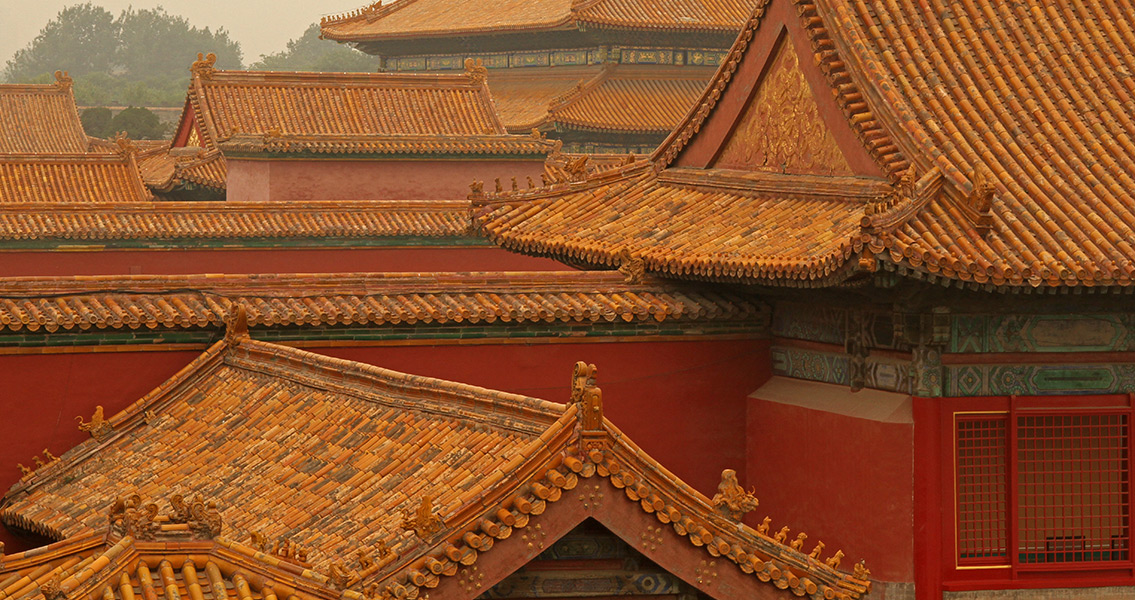<![CDATA[For the first time ever, the ruins of several large palace buildings, dated back to the early Ming Dynasty, have been discovered beneath the Changxin Gate of the Forbidden City’s Cining Palace in Beijing. According to information released by the China State Council Information Office, these new ruins were discovered on the northwest side of the gate. After being positively identified as the first set of building foundations and wall base to be found from the Ming dynasty within the Forbidden City, the archaeology institute of the Palace Museum resealed the excavation to protect it from deterioration. Researchers excavated a trial pit measuring 5.4 meters long and 2.5 meters wide at Cining Palace, where they found a section of thick rammed earth 30 centimeters thick, dating to the Ming Dynasty (from 1368 to 1644 CE). There are plans to revisit the discovery and make it accessible to the public by constructing glass floors in specific parts of Cining Palace in order to present a multi-dimensional experience, according to Palace Museum curator Shan Jixiang. Cining Palace, also known as Cininggong or the Palace of Compassion and Tranquility, is located in the western reaches of the Forbidden City. Built in 1536 CE – or the fifteenth year of the Ming Dynasty’s Jiajing reign – the palace was constructed specifically to house the wives of late emperors, as Chinese feudal customs forbade ruling emperors from living alongside the wives of their deceased predecessors. While always considered to be an important part of the Forbidden City, Cining Palace became a seat of political power during the early and middle Qing Dynasty (1644-1911 CE) when the famous female politician Empress Dowager Xiaozhuang came to reside there. However, after the Forbidden City was opened to the public in 1925 the Palace of Compassion and Tranquility was used as a storehouse for some time before being turned into a service center for tourists visiting the palace and nearby attractions. Today, the palace’s main hall, known as the Hall of Compassion and Tranquility, has been repurposed to display more than 400 cultural relics, 91 of which are national treasures. Additionally, the palace also contains a tranquil and peaceful garden where many empress dowagers spent countless hours in their retirement, and the largest hall for worshiping Buddha in the Forbidden City, though several Buddha statues that once inhabited the hall have been transferred to Luoyang’s White Horse Temple in Henan Province for preservation. In light of the new archaeological discovery, there is much speculation as to what might have been in existence on the site of Cining Palace before its construction in 1536. Whether the buildings that existed on the site had once been part of Cining Palace or predate it significantly is unknown, though early attempts to date the ruins indicate them originating from well before the Palace of Compassion and Tranquility was constructed. Likewise, it is unknown if the edifice served the same purpose that Cining Palace served during the Ming and Qing Dynasties. Image courtesy of Wikimedia Commons user Ronnie Macdonald ]]>
Ruins of Ming Dynasty Palace Found Under Forbidden City
